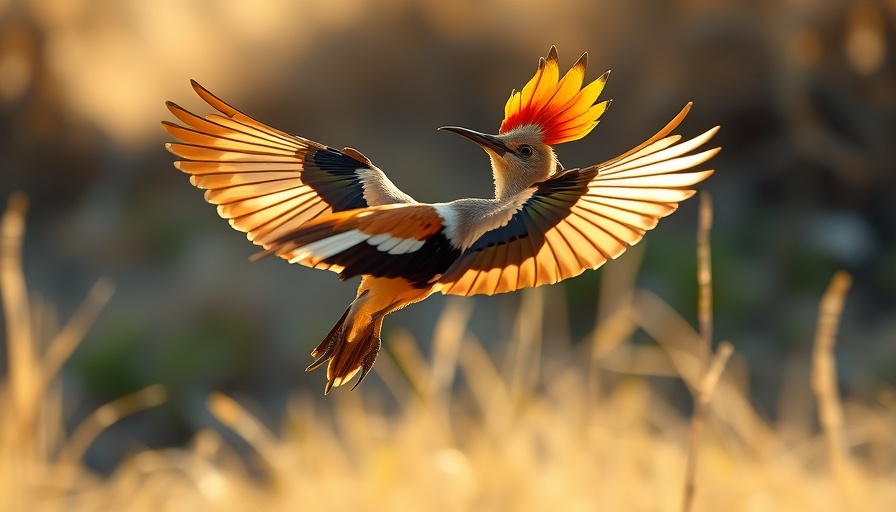
Unraveling the Hoops of Nurturing: The Fascinating Life of the Eurasian Hoopoe
In the avian world, some birds take pride in their pristine nests, while others, like the Eurasian Hoopoe, embrace a somewhat unconventional approach. This cinnamon-colored marvel, adorned with striking black-and-white wings, has a knack for turning its home into a rather pungent abode. As it lays its eggs in various locales—from tree cavities to termite mounds—the aroma of its nest quickly becomes a topic of interest.
The Science Behind the Stench
Once the mother Hoopoe lays her eggs, she doesn’t simply leave them be; she expertly coats them with a unique secretion from her oil glands that emits a smell reminiscent of rotten eggs. This foul exterior isn’t just for show. Rather, it offers crucial protection against harmful bacteria, ensuring the safety of her developing chicks while adding a layer of distinctive charm to her parental style.
Messy Defenses: Poop as Protection
Fast forward to hatching day, and cleanliness is clearly not a priority for the newly minted chicks. At just six days old, these feathered infants become the ultimate defenders of their home, using their droppings as projectiles aimed at any predators that might dare to intrude. Rather than crafting elaborate tales of valor, they simply ‘shoot’ to protect their territory, showcasing a fascinating aspect of avian defense mechanisms.
Lessons from the Hoopoe Family
Beyond their smelly traits, Hoopoes provide a remarkable lesson in adaptability and survival instincts. Their unique nesting habits reveal an inherent understanding of environmental threats and parental care. Who knew such a small creature could embody such resilience? Alongside their fascinating parenting, they remind us that nature often opts for survival over aesthetics.
The Bigger Picture
As we observe the Eurasian Hoopoe and its rather unapologetic parenting style, it’s an invitation to appreciate the myriad ways wildlife engages with their environments. From the unique strategies they implement to thrive to the stories they weave through their behaviors, every bird has a tale to tell—even if it sometimes stinks!
 Add Row
Add Row  Add
Add 




Write A Comment